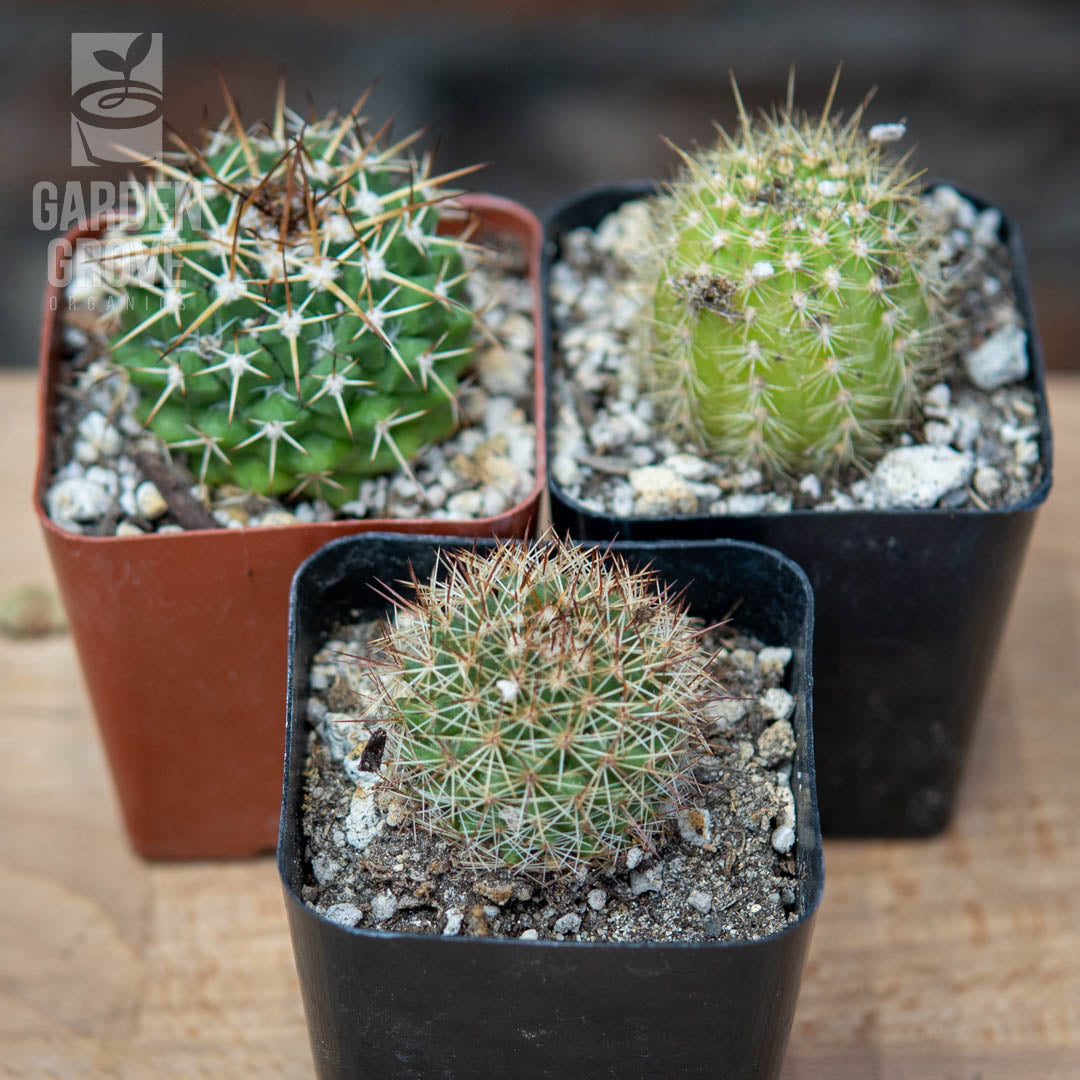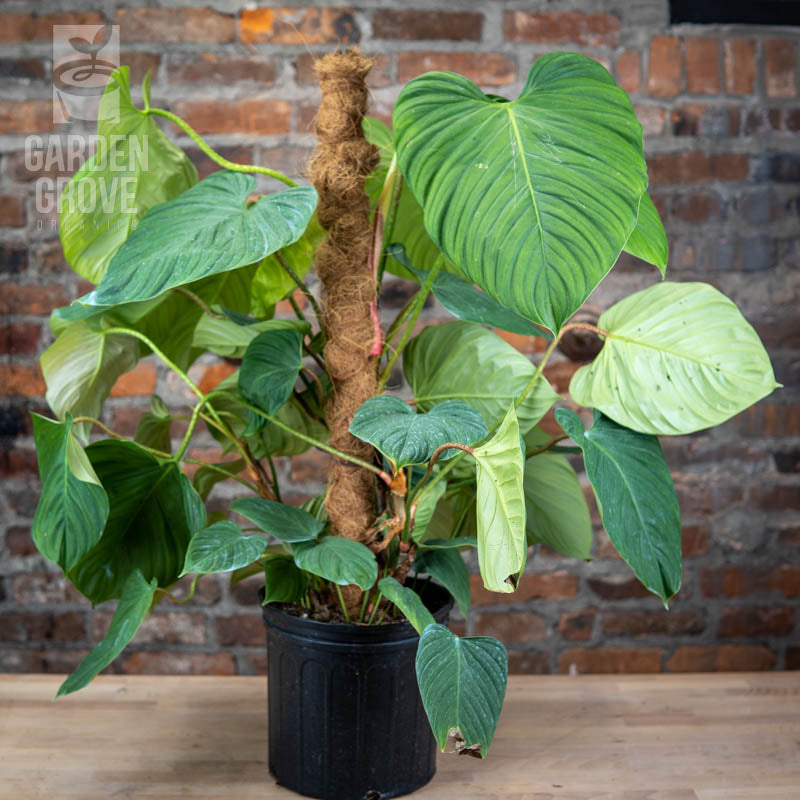Description
Cacti are a diverse group of succulent plants that belong to the family Cactaceae. They are native to the Americas, with the majority found in desert and arid regions. Cacti are known for their unique appearance, typically characterized by thick, fleshy stems, spines, and the ability to store water.
Cacti have evolved to survive in harsh, dry environments by adapting various structural and physiological features. Here are some key characteristics of cacti:
-
Stems: Cacti have modified stems that are typically thick and succulent. These stems store water for survival during periods of drought. The shape and size of cactus stems can vary greatly among different species, ranging from cylindrical to globular or columnar.
-
Spines: Most cacti have spines, which are modified leaves or areoles (small specialized structures). Spines serve multiple functions, including protection against predators, reducing water loss through shading, and creating a microclimate around the plant.
-
Areoles: Areoles are unique features found on cacti where spines, flowers, and new growth emerge. They are small, raised structures that can vary in shape, size, and color depending on the species.
-
Flowers: Cacti produce beautiful and often showy flowers. The flowers typically emerge from the areoles and come in a wide range of colors, shapes, and sizes. Cacti have evolved specialized adaptations for pollination, such as attracting specific pollinators like bees, birds, or bats.
-
Water storage: Cacti are adapted to conserve and store water in their stems. The thick, waxy skin of the stems helps reduce water loss through evaporation. Some cacti also have shallow root systems that can quickly absorb water after rainfall.
-
Adaptations to arid environments: Cacti have evolved several unique adaptations to survive in arid conditions. These include CAM (Crassulacean Acid Metabolism) photosynthesis, which allows them to carry out photosynthesis while minimizing water loss by opening their stomata at night. They may also have a waxy coating on their stems to reduce water loss and shallow root systems to capture water from brief rain showers.
Caring for cacti involves providing them with the appropriate growing conditions. Here are some general care tips:
-
Light: Most cacti thrive in bright, direct sunlight. Place them in a sunny location, preferably near a south-facing window. However, be cautious of scorching the plants in intense afternoon sun.
-
Temperature: Cacti prefer warm temperatures ranging from 70-90°F (21-32°C) during the growing season. They can tolerate cooler temperatures during their dormant period in winter but should be protected from frost.
-
Watering: Cacti are adapted to survive in low-water environments. Allow the soil to dry out completely between waterings, and then water thoroughly. It’s better to underwater than overwater, as excess moisture can lead to root rot.
-
Soil: Use a well-draining cactus potting mix or create your own by combining regular potting soil with perlite or coarse sand to improve drainage.
-
Fertilizer: Cacti have relatively low nutritional requirements. Feed them with a balanced, water-soluble cactus fertilizer diluted to half strength during the growing season. Avoid fertilizing during the dormant period.
-
Potting: Choose a pot with drainage holes to prevent waterlogging. Repot your cactus when it outgrows its current container, typically every few years.
Cacti come in a wide range of shapes, sizes, and colors, making them popular additions to indoor and outdoor gardens




Reviews
There are no reviews yet.